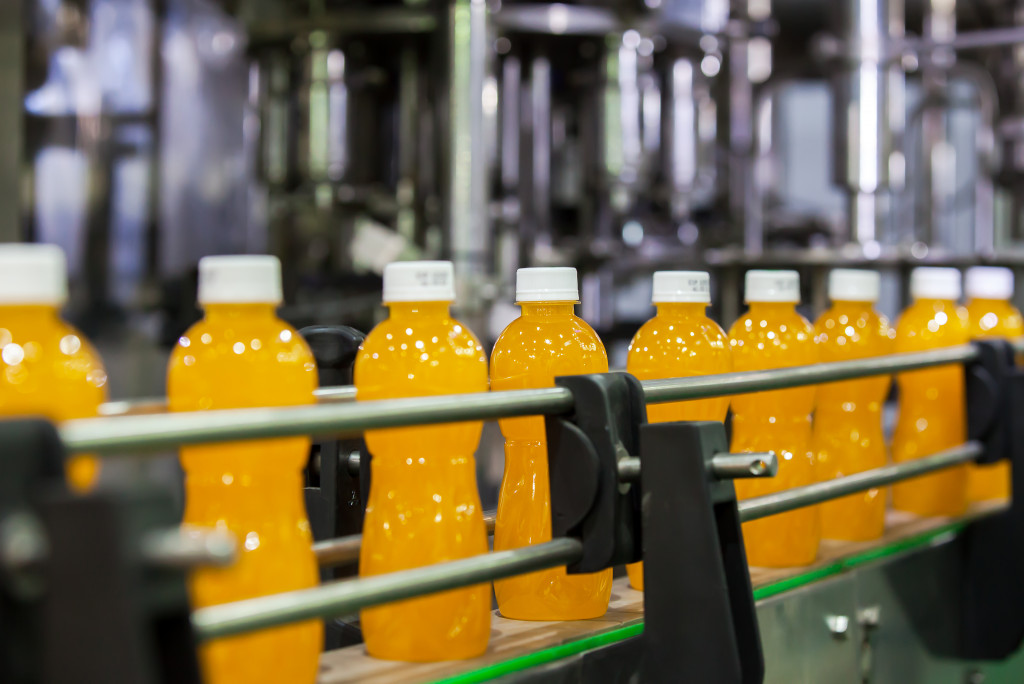Increasing the number of employees and equipment can improve production, but this comes at a high cost, reducing the appropriate process and system changes. Adopting sophisticated automation technologies, robots, and software and machine-controlled methods is the solution, as one would anticipate. These technologies can be adapted to operate with and even enhance the performance of current workers and groups.
Food and beverage businesses should get on the automation bandwagon, which is now sweeping numerous sectors. Automation and artificial intelligence are already disrupting three industries: automotive, construction, and healthcare.
How is the technology being applied or accepted in the food sector? What are the advantages for businesses that use these systems?
Better Assurance of Product Safety
Keeping track of and monitoring food quality throughout the supply chain can be difficult due to the many procedures, employees, and touchpoints involved. Quality, as you can be aware, is essential in our business. There is nothing worse than having food on the market that is contaminated or tainted by anything. It’s impossible to guarantee a system with many moving parts that food will always be traceable and safe.
That can, of course, be changed entirely by automation. You can streamline the manufacturing process when suitable machines like advanced benchtop pistol fillers are in place. As automation can detect problems early in the supply chain, you can reduce the number of problematic products on the market and identify issues during packing or processing. Even better, you’ll be able to pinpoint precisely when and where the problems are occurring, so you can fix them going forward for better performance. Automation can help you identify the problem if it’s anywhere in your supply chain.
The use of suitable cooling and air compressor systems can help regulate and accomplish contaminant elimination. However, for optimum dependability, you must know where to use this gear. This information can be gleaned via automation and analytics technologies, which will assist in safeguarding food and commodities along the supply chain.
Even though this seems like science fiction, mechanisms are currently in place to make it a reality.
Reliability From Beginning to End

While traceability was briefly mentioned above, the lion’s share is what will make the most impact. You can monitor items from conception through fulfillment using automation and current analytics technologies. Because the systems in issue are self-monitoring and tracking, you have access to the data you need at any point in the chain.
Have you received a deadly cargo that was only detected after it had already been delivered to its destination? With today’s sophisticated analytics and automation technologies, you’ll be able to track your shipments down to the last mile. You’ll be able to stop a significant health issue in its tracks if you do this.
As a result, compliance costs and stresses will be reduced, and the supply chain as a whole and other critical processes will operate better. This data can be used to speed up the supply chain by, for example, seeing how long each stop or touchpoint takes.
All of the data that comes with end-to-end traceability extends beyond seeing the origin, handling, and final food destination. It’s possible to create a detailed profile and future-proof system with the help of the supplied data.
Enhanced Security for Employees
Modern robotics, AI, and automation technologies often automate mundane, repetitive, and even hazardous jobs. Human workers can be spared the hazards and boredom of busy work if they do this. Another advantage is that it frees them up to deal with more urgent requests.
An improvement in your loyal employees’ safety and security can help you save money on operations and maintenance in the long term, too. Traditionally, a movie like this would need extra training, new equipment, or more excellent protection for your employees. New rules and regulations can be adopted more quickly and widely by your whole staff due to this.
The current hardware and software can be updated to be compliant, and you can avoid the effort of maintaining everything else, such as upgrading worker safety gear that is no longer required in the event of automation.
Increasing Productivity
It’s no secret that machines and automation systems, when properly deployed and developed, are quicker and more efficient than human workers in certain situations. Unless it malfunctions, a machine never gets tired, bored, or slacks off. While contemporary technology will not replace human employees completely, it can be employed with people to operate more quickly, better, and safely.
The food and beverage sector can reap the advantages of automation on all fronts. Watching technological advancements emerge will be fascinating.

